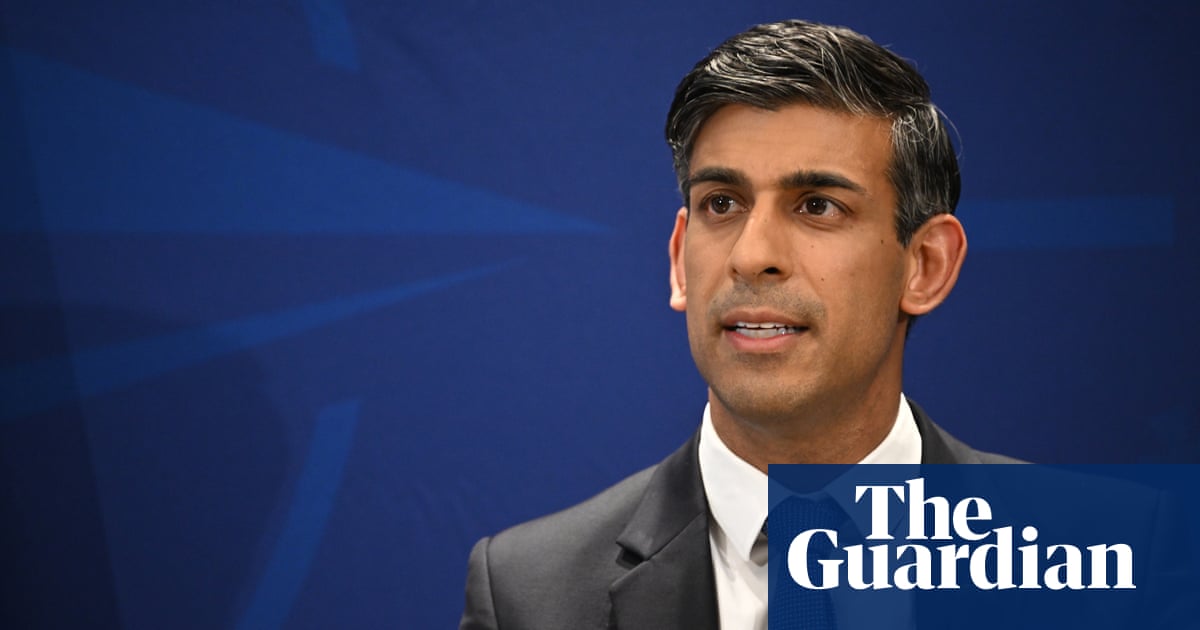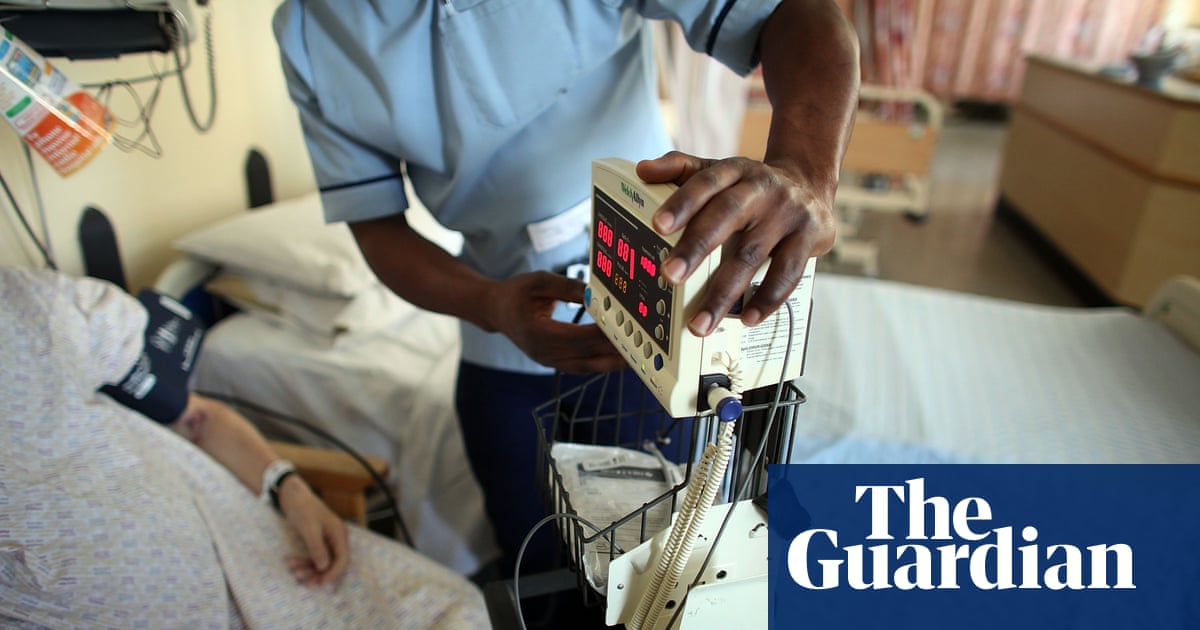
Rishi Sunak is “highly unlikely” to meet his promise to cut NHS waiting lists, health leaders have warned, as a “sobering” analysis suggests the backlog will rise to 8 million and won’t begin to fall until next summer.
The prime minister vowed in January that “NHS waiting lists will fall” as he outlined five pledges upon which he staked his premiership. The backlog was 7.2 million at the time. It is now 7.75 million, the highest since records began in 2007.
But a grim report published on Friday by the Health Foundation, an independent thinktank, will pile further pressure on Sunak over the NHS. The 15-page analysis predicts that the waiting list for hospital treatment in England will continue to rise for at least 10 months and ultimately top 8 million, regardless of whether or not strikes continue.
The thinktank modelled four different scenarios and concluded that, based on current trends, NHS waiting list figures could peak by August 2024 if there was no more strike action by healthcare workers, before starting to come down. If strikes were to continue, the list could increase a further 180,000, it said.
Matthew Taylor, the chief executive of the NHS Confederation, said: “This analysis all but confirms that the prime minister’s pledge to reduce the size of the waiting list is increasingly unlikely to be met.”
He added: “As the Health Foundation report rightly says, the root cause of the delays to treatment that patients are now experiencing is a decade of underinvestment in the NHS.”
Taylor said there was a possibility the backlog could grow even more than the analysis predicts.
“The worst-case scenario outlined in the report doesn’t take into account the possibility of a difficult winter, including a heavy flu season or a Covid outbreak, or a continuing deterioration of NHS trust finances as they seek to plug the costs of ongoing industrial action. If these risks do materialise then we are facing an even worse scenario.”
Tim Mitchell, the president of the Royal College of Surgeons of England, said: “The Health Foundation’s sobering analysis highlights that the prime minister’s pledge to cut NHS waiting lists is highly unlikely to be achieved. Waiting lists have ballooned over the past decade due to underinvestment and workforce shortages.”
Mitchell said “transformative solutions”, such as further investment in nationwide standalone surgical hubs, were urgently needed to tackle waiting lists in a meaningful and sustainable way.
“Crucially, we must also improve staff morale and retention,” he added. “The government’s commitment to grow the healthcare workforce is welcome. However, recruiting new staff is only half of the solution. Providing a supportive, well-resourced working environment is vital to reducing burnout.
“Otherwise, the NHS risks being caught in a revolving door as we continuously lose the very staff we are trying to hire. By supporting staff and providing the resources they need to do their jobs, we can begin to reduce waiting times.”
In recent months, as the NHS backlog has continued to spiral, Sunak has sought to blame ongoing industrial action in the health service for the failure to cut waiting lists.
But the Health Foundation analysis shows that industrial action by consultants and junior doctors has so far lengthened the waiting list by about 210,000, just 3% of the overall size of the list.
The shadow health secretary, Wes Streeting, said the report “blows out of the water” attempts by the government to blame doctors for the crisis in the NHS.
The Liberal Democrat health and social care spokesperson, Daisy Cooper, said: “This research shows yet another one of Rishi Sunak’s pledges is set to be left on the scrap heap of Conservative broken promises.
“This government has left our NHS on life support, while people across the country are left waiting in pain for months for the treatment they need.”
NHS England said there had been important progress in bringing down the longest waits, with two-year waits virtually eliminated and waits of more than 65 weeks more than halved.
The Department of Health and Social Care said it was taking action to shorten long waits, and had reduced 18-month waits by more than 90% since their peak in September 2021.
A spokesperson added: “We are maximising all available capacity by drawing on the independent sector, as set out by our elective recovery taskforce to give patients more control over where they receive their care so they can be treated more quickly.”












